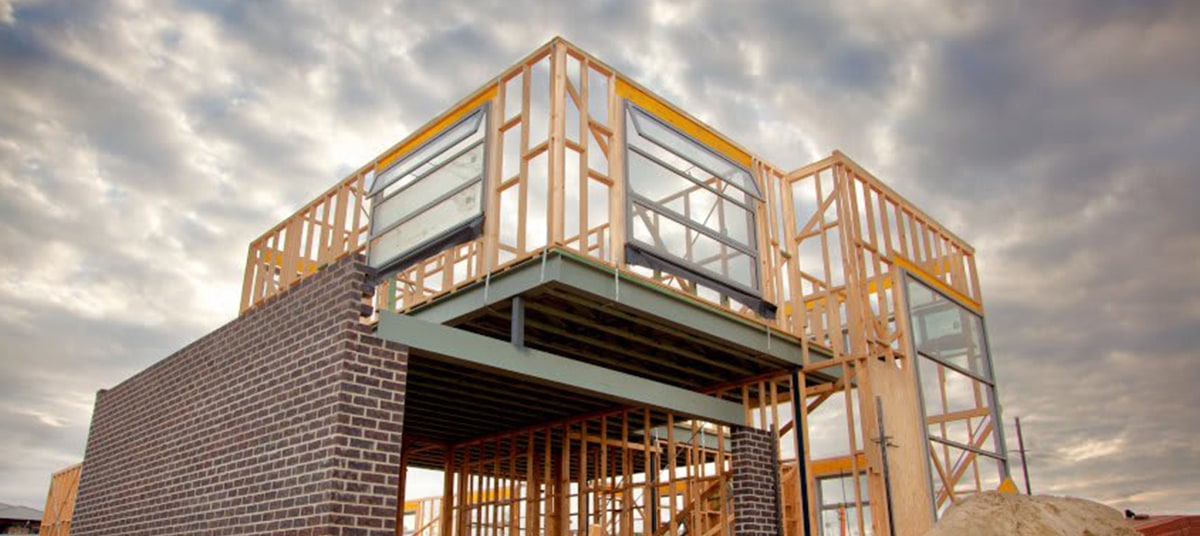
The value of building work carried out on new housing fell over the quarter, new ABS figures have shown.
A decline in the number of dwelling commencements over the June quarter has intensified pressure on the government to meet its ambitious plans to grow housing stock.
Commencements on dwelling units dropped 4.4 per cent to 45,156, according to the latest Building Activity figures from the Australian Bureau of Statistics (ABS), driven by a 6.6 per cent fall in new private sector houses to 26,074 dwellings.
The decline follows a 6.7 per cent rise in the March quarter.
Private sector other residential commencements inched up 1.0 per cent to 18,033, slowing from a 20.0 per cent jump in the March quarter.
The value of total building work done fell 0.3 per cent to $38.9 billion.
ABS data on housing completions also showed a gloomy picture.
The total number of sector dwellings completed was 41,432, slipping 3.8 per cent over the quarter.
That was driven by a 2 per cent slide in new private sector houses completed and a 17.5 per cent plunge in completions for new private sector other residential housing.
The value of new residential building work done fell 0.6 per cent over the quarter to $20.6 billion, while non-residential building work done rose 0.1 per cent to $14.8 billion.
The total value of work done dropped 0.3 per cent to $38.9 billion.
Work done on non-residential buildings rose 0.1 per cent to $14.8 billion, but is 4.3 per cent lower thanin June 2024.
Housing supply under spotlight
The government is falling further behind the five-year National Housing Accord, which targets 1.2 million well-located homes by 30 June 2029.
To hit the target, Australia needs around 240,000 new dwellings each year.
However, the National Housing Supply and Affordability Council (NHSAC) in its 2025 State of the Housing System report expects only 938,000 dwellings to be built nationwide by mid-2029.
Separately, the Urban Development Institute of Australia (UDIA) 2025 State of the Land Report forecasts a supply shortfall of about 400,000 dwellings for the combined capital cities by 2029, attributed to persistent underbuilding relative to population growth and challenges in the construction sector.
Commenting on the latest ABS data, HIA chief economist Tim Reardon said: “Australia commenced 60,960 fewer homes than necessary in 2024/25 to meet the government’s target of 1.2 million new homes over five years.
“HIA forecasts estimate that Australia will fall almost 200,000 homes short by the end of the five-year target period.
“There has been substantial policy reform this year that will improve the supply of new homes. These reforms will take time before they deliver new homes, and much more needs to be achieved.”
Earlier this year, the Albanese government pledged to invest $10 billion to partner with state developers and industry to build up to 100,000 homes, with these homes reserved for sale only to first home buyers.
The new homes are in addition to Labor’s broader Homes for Australia plan, which includes a $43 billion commitment to building 55,000 social and affordable homes – 28,000 of which are already under construction, according to the government.
Other moves announced by the Labor Party include a ban on foreign purchases of established dwellings from April 2025 until March 2027 and plans to clamp down and reduce land banking by foreign investors in an effort to ease pressure on the housing market.
[Related: Housing approvals slip lower as unit developments falter]

